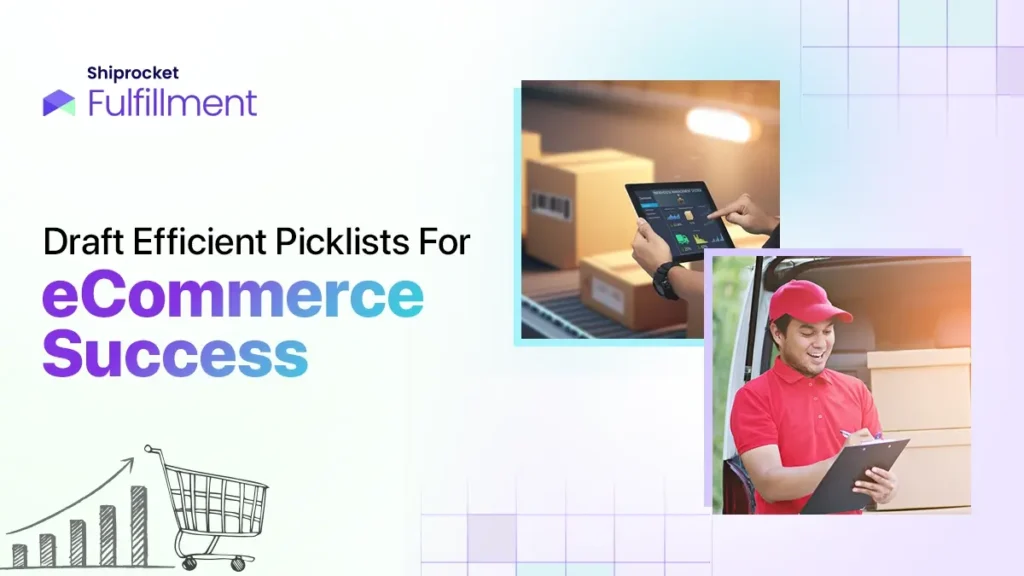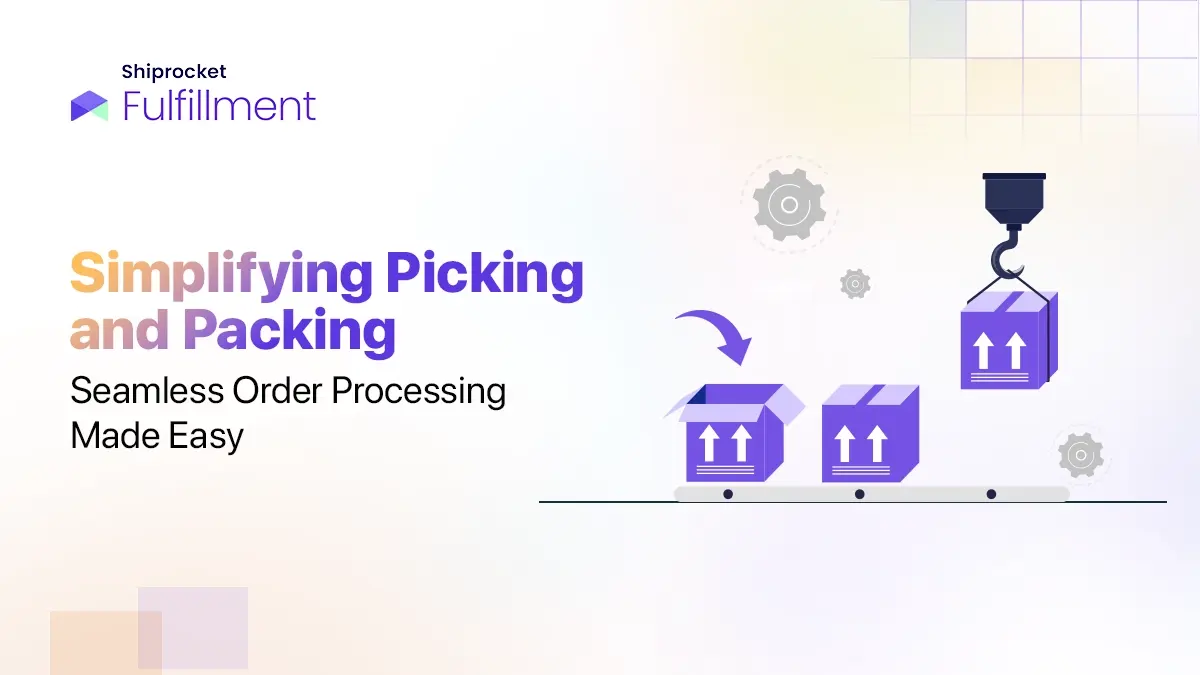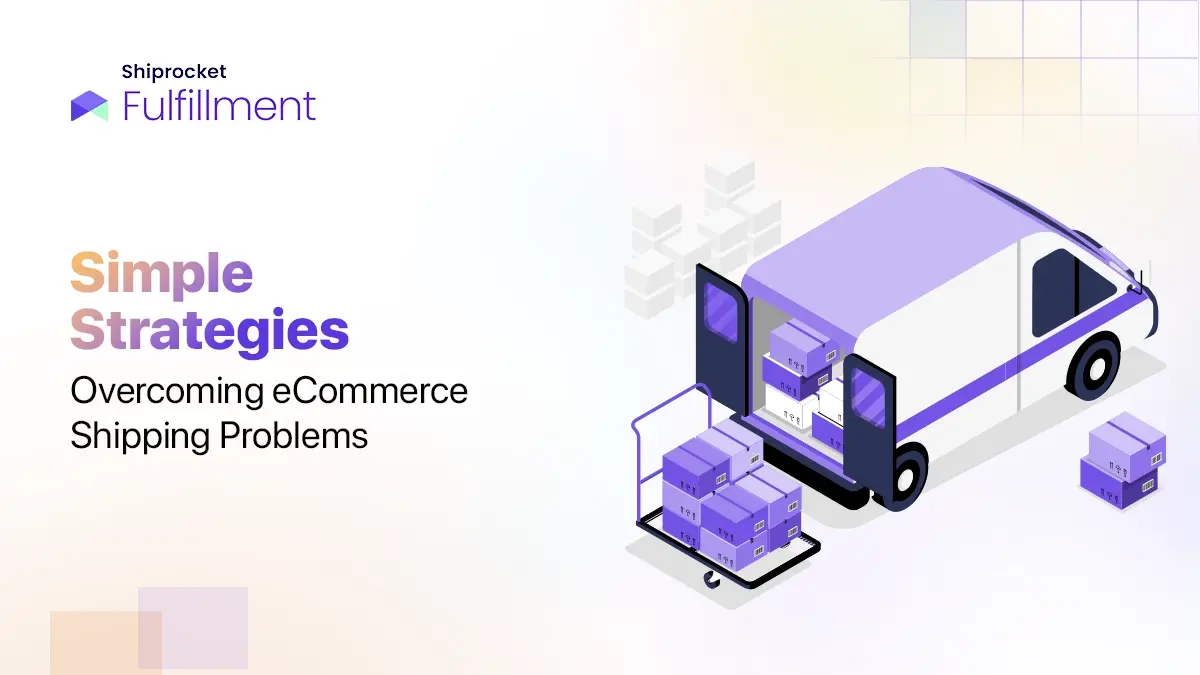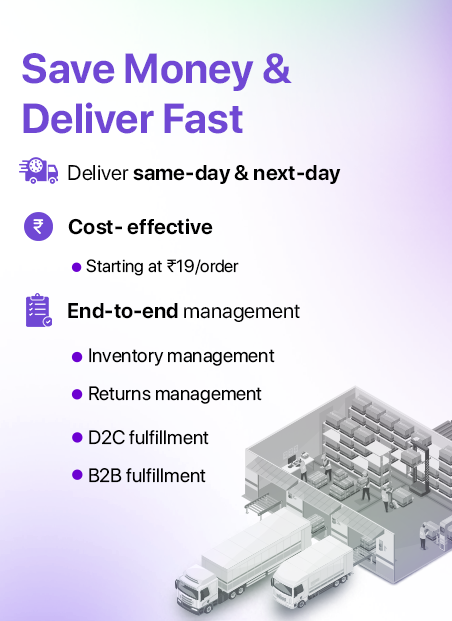eCommerce businesses must ensure their consumers receive their desired products promptly. The task can be challenging, especially for businesses that receive multiple orders in a day. However, order processing must be done with precision to ensure accuracy. Each step in the order fulfillment process must be handled systematically to ensure eCommerce success. Research reveals that 69% of consumers are likely to stop shopping from an eCommerce store that fails to deliver their products timely.

Among other things, picklists play a pivotal role in ensuring the successful delivery of goods to the right address. They form an integral part of order fulfillment in eCommerce as they help select the correct items for delivery. Details about the products ordered by the customers are provided in the picklists to help workers pick the same from the warehouse. There are different types of picklists. They offer various advantages and are helping eCommerce businesses function efficiently. You will learn all about their types, advantages, functionality, and more as you go through this article.
What are Picklists?
A picklist is a printed or electronic list that includes details about the items ordered by the customers. These are given to the warehouse staff so that they can locate and pick up the ordered items and send them for packaging. The use of picklists ensures that the right items are picked from the shelves and segregated into individual orders. The accuracy of picklists is crucial to ensure a smooth order fulfillment process. It enables eCommerce businesses to ship the right products to their customers and prevents costs related to returns and replacements. Delivering the right product timely enhances customer satisfaction which is necessary for eCommerce success.
Key Components of a Picklist
A picklist includes all the necessary information related to the product. This includes the product name, description, quantity, SKU, and the location of the item in the warehouse. Thus, it works as a guide for the warehouse staff, enabling them to pick accurate items. Picklists may also include the customer’s name and shipping address.
Types of Picklists
Picklists have broadly been categorised into two types. These are as follows:
1. Physical picklists – These lists are printed on a piece of paper. All the details about the products to be picked are printed on the paper and handed over to the warehouse staff. Based on the information shared on this list, the staff members identify and pick the items. Physical picking lists have been in use since the advent of eCommerce businesses. They were used extensively before the companies began using warehouse management systems. Many small businesses still use this type of list.
2. Digital picklists – These lists are created on digital devices such as mobile phones and tablets. Most businesses especially those with large warehouses are using this type of picklist. Their workers use handheld devices to check the list while locating items in the warehouse. In addition to details about the product, the digital variants often include the product images which help in identifying them easily. By using digital picklists businesses help enhance accuracy and increase productivity, paving the way to eCommerce success.
Crafting an Efficient Picklist: Step-by-Step Guide
It is imperative to draft an efficient picklist to enable smooth and accurate pickup and successful order fulfillment. It is a step-by-step procedure that must be carried out precisely to ensure eCommerce success. To ease the task for you, we have detailed the various steps involved in the process. Here is a look:
· Collate Order Information
Start by collating the information about the orders received by different customers. This should include the product names, SKU, order quantity, and
product description. Along with the information about the product, you must also gather the customer details.
· Segregate the Orders
Segregate the orders based on their location, shipping method, and priority.
· Choose the Picklist Type
It is now time to choose whether you want to list details on a physical picklist or a digital one.
· Add Necessary Information
Once you have selected the type of list that matches your requirements, add all the essential details to it. This should include all the information gathered about the product and the customer’s location.
· Review the List
Cross-check the details on your picklists and rectify the errors, if any. This is a crucial step in the process as it helps decrease the chances of error.
Top Tips for Maximising Picklist Efficiency
Here are some important tips to help you create efficient picklists:
1. Barcode Scanning
It is suggested to make use of the barcode scanning technology. This helps speed up the picking process.
2. Review
Review the picklists and revise them to ensure their accuracy and improve efficiency at work.
3. Training
Provide necessary training to your staff members to ensure they learn efficient picking techniques.
4. Performance Metrics
Constantly observe and assess the picklist performance metrics to identify the scope of improvement. Work on the areas that require improvement to boost the chances of eCommerce success.
Streamlining Picklist Processes for Optimisation
Here are some best practices that can help optimise the picklist process:
1. Minimise Errors
It is important to create accurate picklists to ensure a smooth picking process. Here is how you can minimise the scope of errors and ensure accuracy:
· Mention the product name, SKU, and description on the picklist clearly along with the product image.
· Train your staff members regularly to help them make the most of the information on the picklists for efficient picking.
· Create a system to cross-check the items picked with the ones mentioned on the picklists.
2. Invest in Training
Train your employees to use the picklists efficiently and complete order fulfillment smoothly. Regular training can help in this regard.
3. Accelerate the Process
Here’s how you can speed up the process:
· Place the items systematically in your warehouse to allow ease of access while locating and picking them.
· Implement warehouse automation for tasks that are repetitive in nature.
· Prioritise the orders on the basis of their demand and delivery dates.
Leveraging Modern Technology and Automation to Enhance Picklists and Drive eCommerce Success
Integrating technology is vital for managing the picklists efficiently. Here is how you can leverage technologically advanced systems and automation for this purpose:
Order Management Systems (OMS)
Many businesses across the globe are making use of OMS to streamline their order fulfillment process. Tasks such as drafting picklists, prioritising orders, managing inventory, and tracking shipments can be handled efficiently with the use of OMS.
Integration with eCommerce Platforms
It is important to integrate the picklist system with your eCommerce platform. This way you can get real-time updates on the status of your orders and inventory levels.
Automated Picking
You can employ conveyor systems to enhance the pickup speed as well as the accuracy.
Conclusion
It is important to master the art of crafting picklists for eCommerce success. You may choose between physical and digital picklists depending on the size of your business, product demand, and other factors. However, whichever type you choose, it is essential to add all the necessary information to the list to ensure a smooth pickup. Well-drafted picklists used by trained staff help in the successful order fulfillment process. To enhance the process further, it is suggested to integrate the picklist system with your eCommerce platform.
You must consider factors such as the volume of the orders, warehouse layout, and your budget while deciding the picklist type.
You can gauge the performance of your picklist by assessing your key performance indicators. This includes the picking accuracy, fulfillment rate, and order cycle time data. This data will give an idea about the picklist performance and help identify the areas of improvement.
To begin with, design picklists that can accommodate changes. Secondly, have a plan in place to make last-minute changes, if any. Lastly, update your picklist management system in real-time so that your vendors and partners know about the changes in order.





